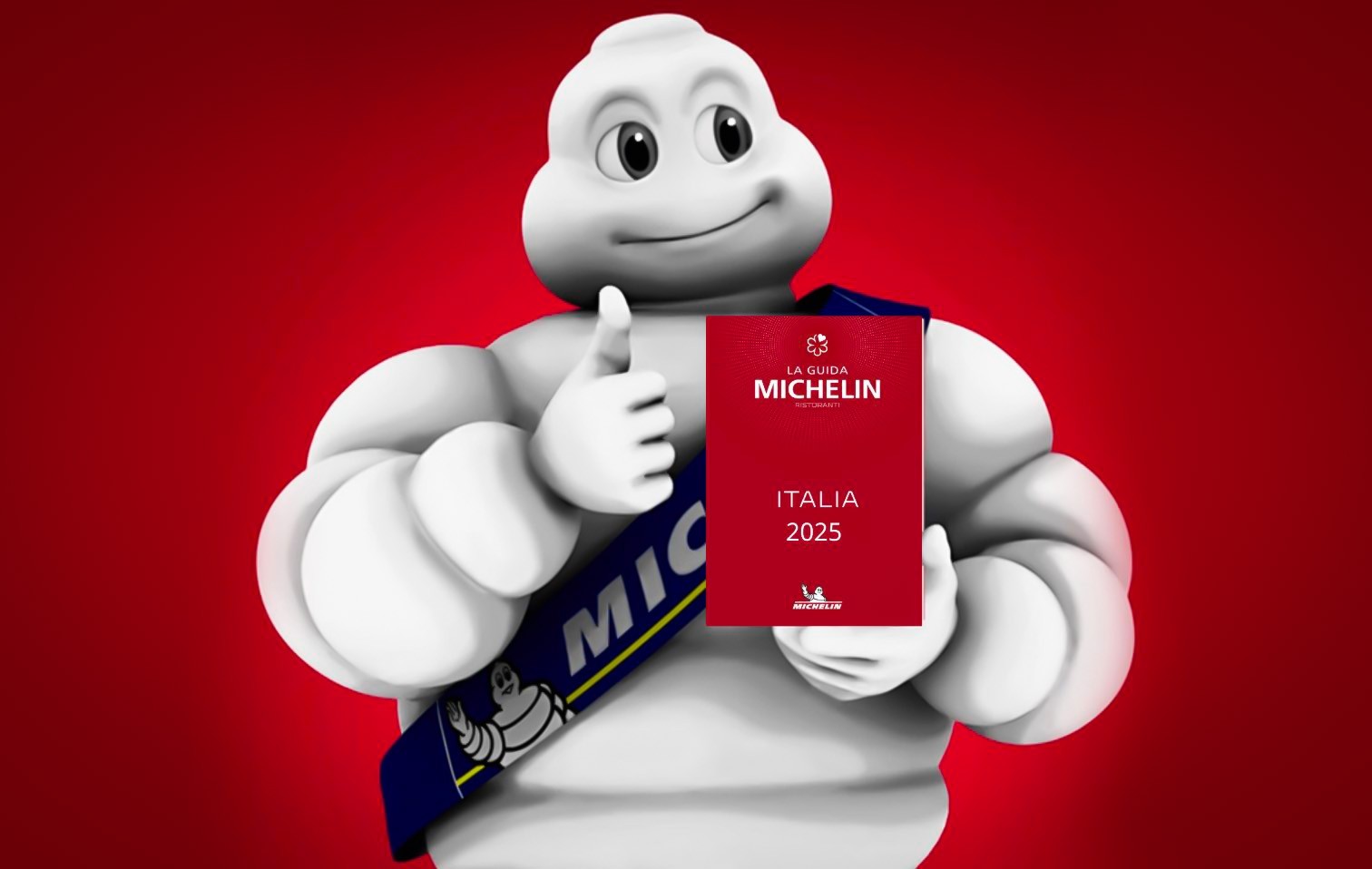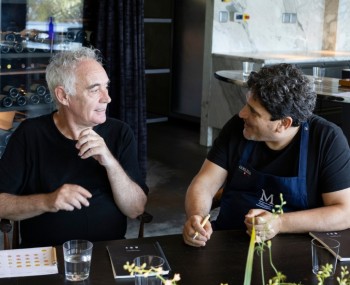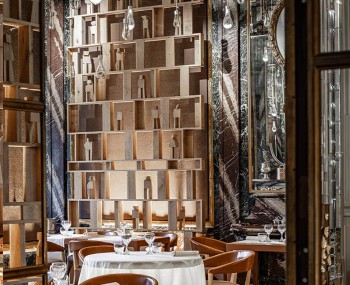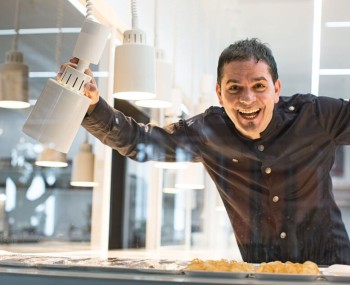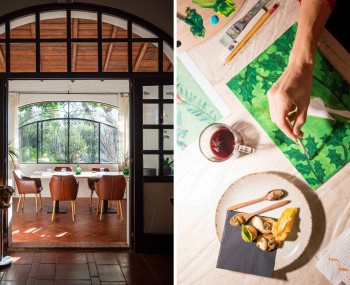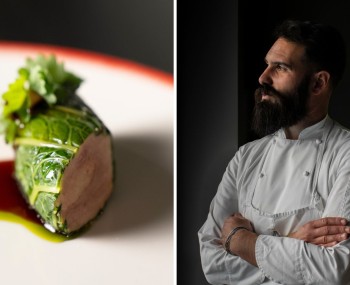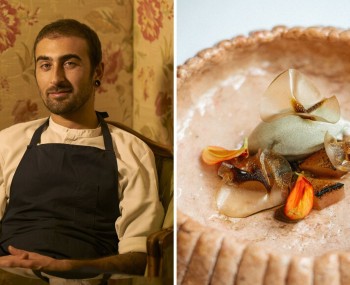The new edition of the French gastronomic bible is almost ready: the Michelin Guide Italy 2025 awards will be unveiled next Tuesday, Nov. 5, at the Pavarotti Theater in Modena. The ceremony will be a live event streamed live. Here's all the info and previews on the new entries.
The event
We are almost there: the MICHELIN Guide Italy 2025 will be unveiled on November 5! The ceremony for the 70th Italian selection will be a live streamed event where, as usual, MICHELIN will award the traditional Stars and Green Stars. What's new? After Parma (for the 2016 and 2017 editions) and Piacenza (2020 edition) the Michelin Guide returns to Emilia-Romagna. It will be Modena, among the capitals of the regional Food Valley, to host, on Tuesday, November 5 at the Pavarotti Theater, the official premiere of the 70th Italian version of the gourmet bible, in the presence of more than a hundred journalists. As we have already told you here with many exclusive interviews with restaurateurs and organizers of the event, the choice of Modena is anything but random: as many as 26 of Emilia-Romagna's 44 PDO & PGI products are produced in the Modena area.

According to the survey “Taste tourism: economic impact of Michelin-starred restaurants on the national territory” carried out by JFC, starred restaurants have generated an induced revenue of 28.5 million euros in Emilia-Romagna in 2023, with Modena (8.1 million) in the lead, followed by Bologna (5.9 million) and Forlì-Cesena (4.2 million). “The presentation of the Michelin Guide always represents an event of great prestige and media impact," stresses Regional Councillor for Tourism Andrea Corsini, ”and we are happy to be able to host it for the fourth time in a land that has made cuisine one of its prides, thanks to Alma, the International School of Cuisine in Colorno, and Parma Unesco Creative City of Gastronomy, to our ambassador to the world, Massimo Bottura, with the other starred chefs in the region, and to Casa Artusi in Forlimpopoli, just to name a few of our excellences. Food is more and more a motivation for travel and, as the JFC survey confirms, starred cuisine is an economic resource for the whole territory, also in terms of tourism".
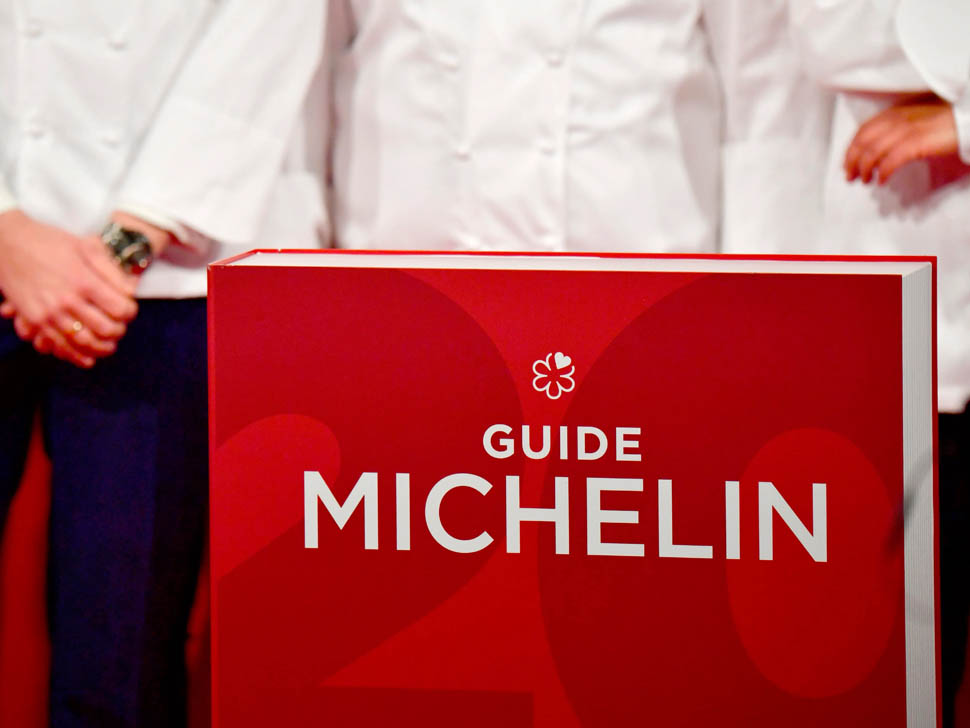
"Cuisine is one of the most important expressions of a territory's identity and its biodiversity ‘- evidences Regional Councillor for Agriculture Alessio Mammi - and the marvelous creations coming out of Emilia-Romagna's starred kitchens are the fruit of the chefs’ flair inspired by the heritage of our 44 PDO and PGI products, a unique basket in Europe in terms of number, variety and flavors, increasingly appreciated and known worldwide. In recent years, our region has seen an increasing number of Michelin Green Stars awarded, the special recognition for restaurants that follow virtuous behavior in terms of sustainability, and this is obviously a source of pride and a testament to the attachment of culinary professionals to this land so rich in biodiversity and to the authenticity of its products."
Michelin Italy and the key role of Modena in haute cuisine

JFC's survey took into consideration and analyzed 238 Michelin-starred restaurants, 396 accommodation facilities (3- to 5-star luxury hotels, relais, masserie, inns, charming lodgings, historic residences, farmhouses) and 201 shops/activities of various kinds (bars, gourmet stores, wine stores, etc.). The total value of the economic supply chain of Michelin-star restaurants in Italy amounts to 439 million euros by 2023, with a forecast for the current year of 498 million. There are currently 22 Michelin-starred restaurants in the Emilia-Romagna region according to the latest edition of the Michelin Guide, with the new star at Aurora Mazzucchelli of Casa Mazzucchelli in the Bologna area and the “Green Star” at Piastrino di Pennabilli (Rn). Confirmed three stars to Massimo Bottura and his Osteria Francescana, followed by the San Domenico restaurant in Imola (Bo) and the Magnolia in Longiano (Fc), both with two stars, to which are added 34 Bib Gourmands, or restaurants that offer the best dining for value for money, a national record for Emilia-Romagna.
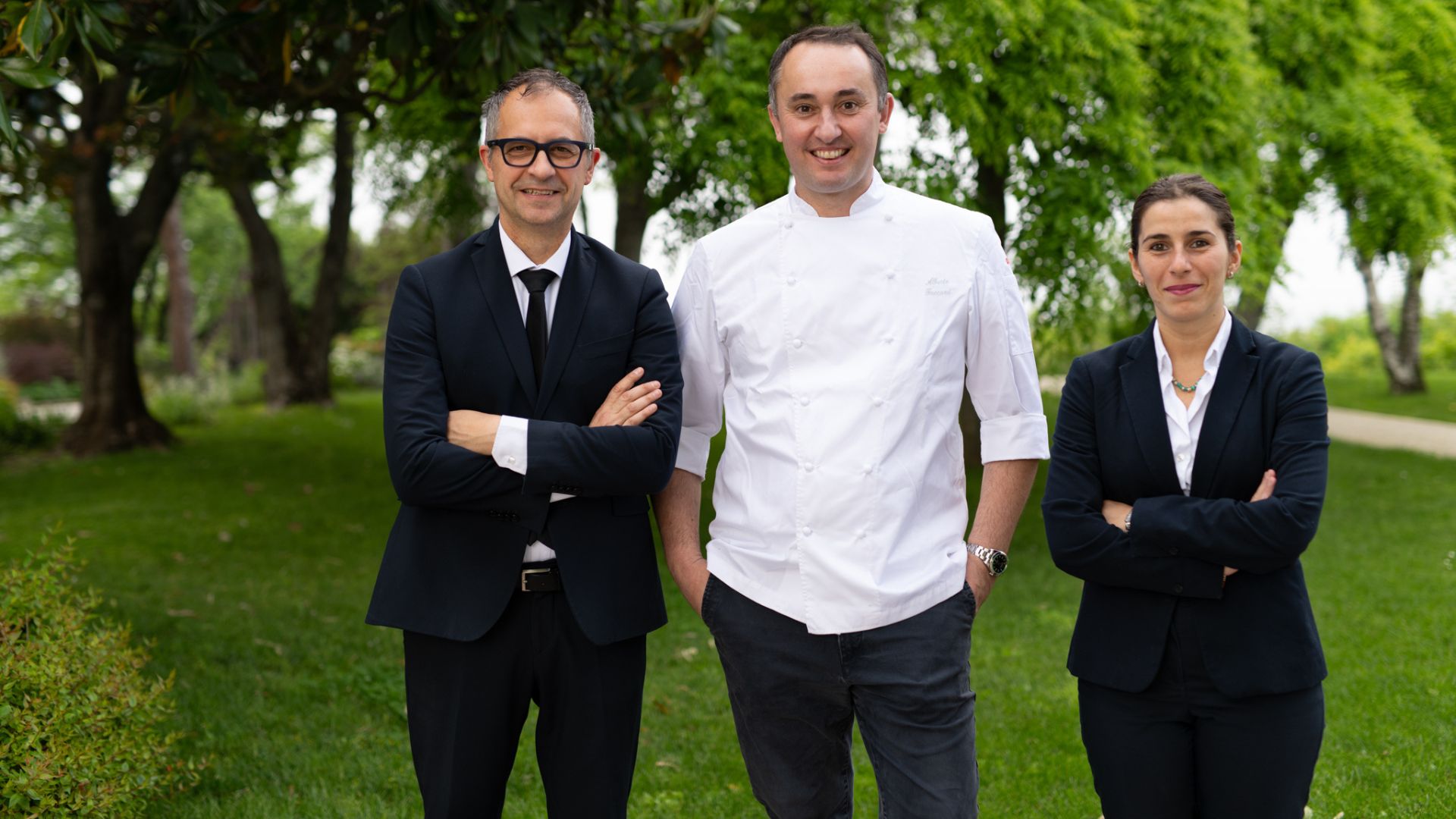
Who will be the new starred restaurants?
There are numerous previews of restaurants that could aspire to the star(s). Of particular interest are the monthly updates on the insignias that have entered the selection from time to time, some of which could make the “big jump” in the 2025 edition. Last in order of entry, the October news (here is the article on Michelin's official website, which highlights first and foremost the excellent work of Alain Ducasse's gourmet at Hotel Romeo in Naples). We then told you about other relevant activities reviewed by the Red (Michelin Italy, 8 new restaurants in the guide in September: here are which ones), with nice surprises also in early summer (here the June entries). Then, for those curious about the inspectors' preferences, there is the top list of the 5 most-loved dishes ever in 70 years of gourmet visits.
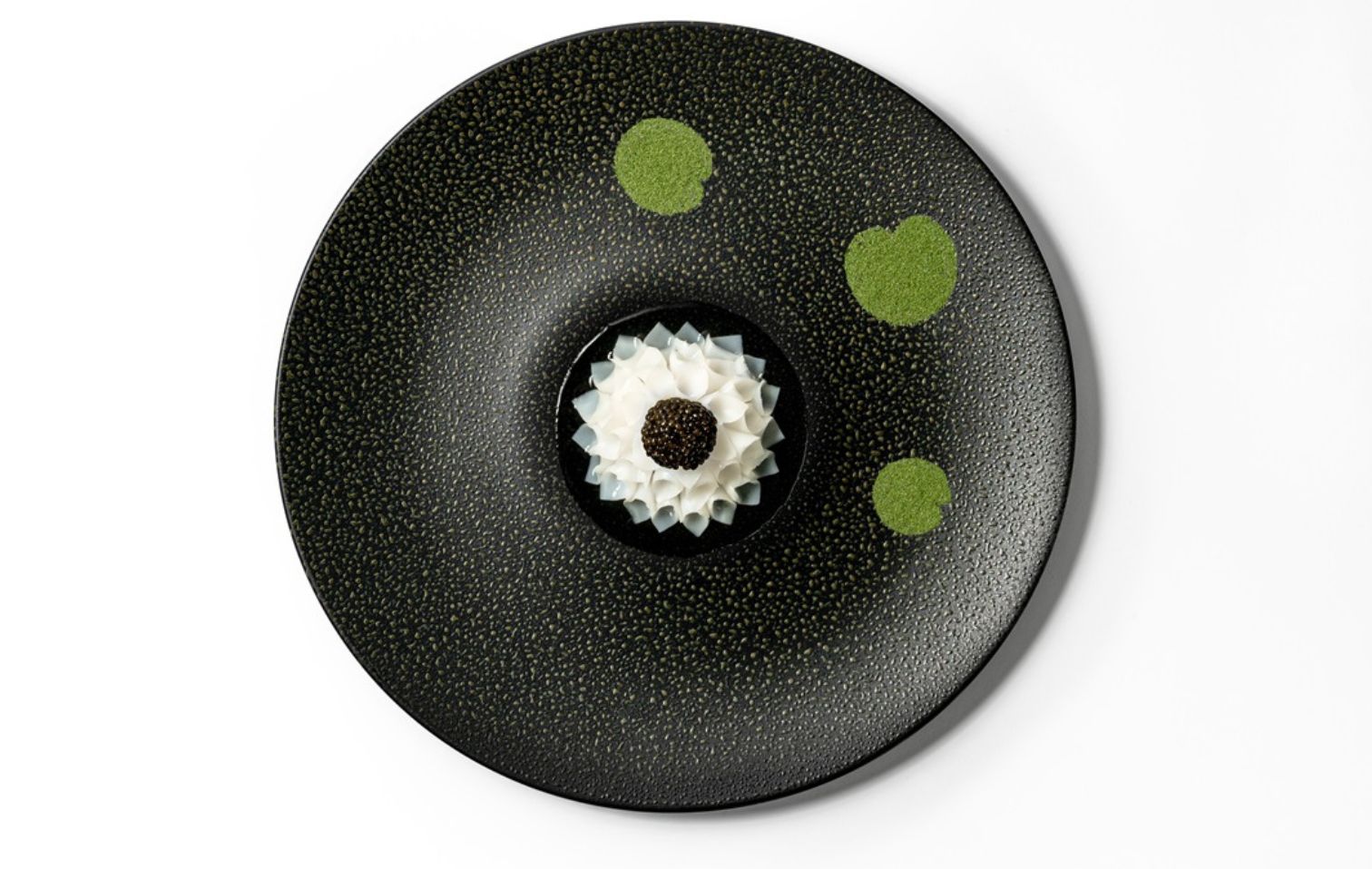
THE “TASTE TOURISM” STUDY
The definition of Taste Tourism perfectly reflects the conjunction that exists between tourism and food and wine, a combination that has always underpinned the very meaning of MICHELIN Stars:
- 1 MICHELIN Star: well worth a stop
- 2 MICHELIN Stars: deserves a detour
- 3 MICHELIN Stars: worth a trip
Starred restaurants, through the MICHELIN Guide, benefit from an international showcase that offers great visibility within the universe of Taste Tourism, which generates a major economic impact on the national territory. This research set out to quantify these benefits. And this is also useful to give due weight and value to the work done by restaurateurs and the contribution they make to the territory that hosts them, thus providing scientific indicators on the economic impact that starred restaurants generate for the area in which they are located. What emerges from the “Taste Tourism” study confirms this belief. Taking data from 2023, Italian starred restaurants welcomed 2.4 million customers (of which 40.7 percent were from abroad, from 43 countries) for a total induced revenue of 438 million euros. The data and information collected also allow for a projection on the current year, thus going on to estimate the values that will fall on the national MICHELIN GUIDE territory.

By 2024, forecasts indicate a result related to the indirect induced activities on the rise, amounting to almost €500 million total (498 MLN €). In fact, 74.6 percent of foreign customers and 39.5 percent of Italian customers spend at least one night in the destination or in the immediate proximity, thus generating indirect benefits on the hospitality (about 355 MLN €), trade (48 MLN €) and local services (35 MLN €). The study finds that each 1 MICHELIN Star restaurant generates direct benefits on the territory of about 805 thousand euros, which becomes 2.4 million euros when it comes to a 2 MICHELIN Star restaurant, and then explodes when we take into consideration the restaurants that “deserve the trip,” that is, those awarded 3 MICHELIN Stars, with a result that exceeds 6.5 million euros each. Furthermore, the analysis carried out by JFC identifies the USA, France and Germany as the countries most represented by foreign customers, while, from the perspective of the induced income related to stays, almost 70% of the managers of quality hotels (from 3 to 5-star luxury) located near a Michelin-starred sign, state that they have customers who have come to the hotel specifically to go to a specific restaurant.
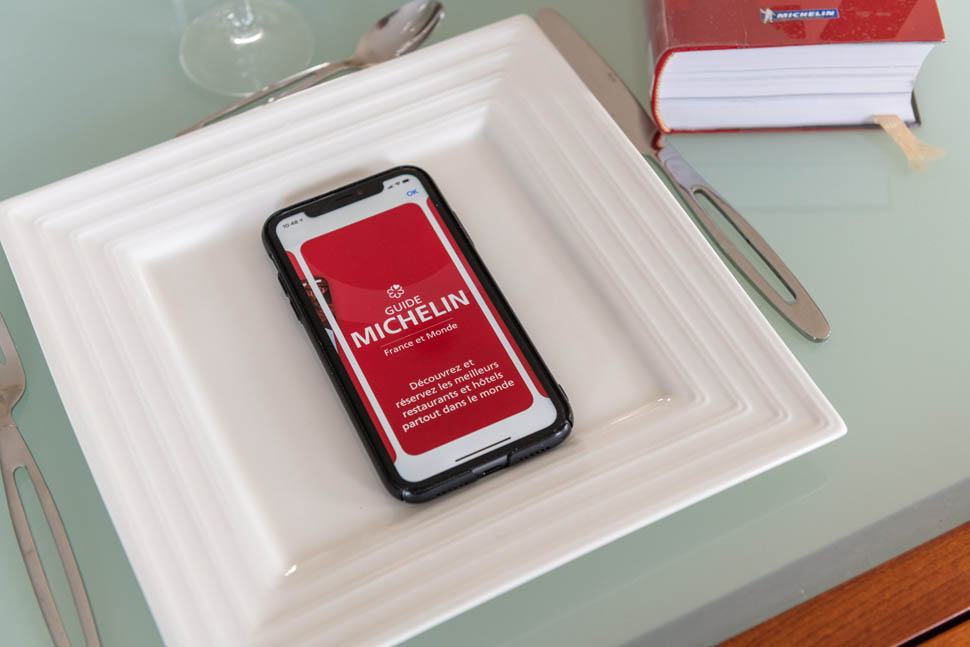
Forecasts indicating an indirect induced revenue of €498 MLN by 2024 also indicate that the Italian region that benefits most from the presence of starred restaurants is Lombardy, followed closely by Campania. In third position we find Piedmont. At the provincial level, it is Naples that benefits the most, followed by Rome and Milan. Interesting is the data regarding municipalities that, after a podium formed by three regional capitals (Milan, Rome and Florence), sees the presence of much smaller municipalities such as Senigallia in fourth place and Massa Lubrense in fifth. Also in the Top Ten are Orta San Giulio, Alba and Brunico, as well as two other capitals such as Turin (sixth) and, in seventh place, Modena, which, as mentioned at the beginning, will host the 70th edition of the MICHELIN Italy Guide on November 5.
MICHELIN AND THE TERRITORY

The relationship between Michelin and Italy is not exclusively linked to the presence of the MICHELIN Guide. In fact, it goes back half a century earlier. If the first Italian edition of the famous Guide is dated 1956, the first Michelin industrial sign in the Belpaese dates back to 1906. A presence that has put down important roots over the years, especially in Piedmont, where even today there are two major tire plants (in Cuneo and Alessandria) in addition to the Headquarters and a European Logistics Center, both in Turin. Almost 120 years after its arrival in Italy, Michelin is still the leading Italian manufacturer and employer in the tire industry. A presence that, just as the MICHELIN Guide does through its Michelin-starred restaurants, generates an induced income in the territory, in this case direct, that in 2023 is quantifiable at 343 million euros, disbursed to more than 3,000 Italian suppliers.
THE MICHELIN GUIDE ITALIA: WITHIN THE PAGES, 70 YEARS OF ITALIAN HISTORY
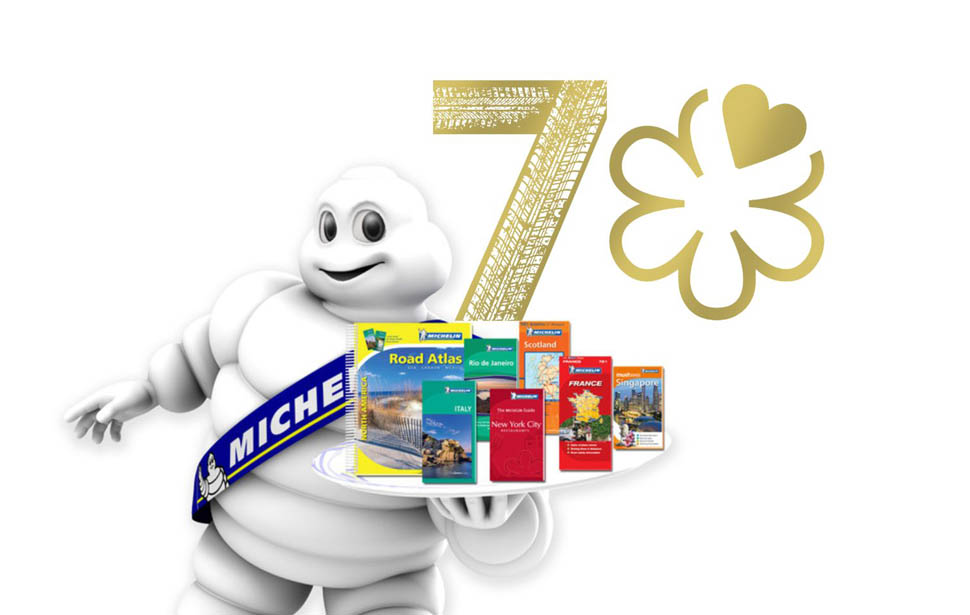
Founded in France in 1900 with the aim of urging the few French motorists of the time to travel more by providing addresses of the best places to eat and sleep, it has evolved over time to meet the needs of a changing and, today, increasingly digital world. More than 120 years later, the MICHELIN Guide can be found in 45 countries around the world. The MICHELIN Italy Guide was born in 1956, with the title Dalle Alpi a Siena. Each edition hides, among the symbols and pages, ancient stories, of families offering dishes from traditional recipes and of an Italy reborn after the war. Among them is the story of Arnaldo Degoli, who was born in Rubiera on October 28, 1907, to parents who were janitors of a peasant farm. Together with Lina, Arnaldo opened the restaurant, giving it his own name. It will be one of the 81 stars in 1959 and the longest-running. Today's Arnaldo Clinica Gastronomica still shines with a star after more than 60 years. Stories of Italy, and how people traveled seventy years ago. The '56 Guide is a source of surprising curiosities: on the Formalities page for Italians traveling abroad, one discovers that to go to Austria, Belgium, France, Switzerland and Germany one does not need a license “for own car.” Even the first symbols are small but expressive witnesses of the time: a radiator indicates the not obvious presence of heating, a tiny tub the “Bidet with running water,” a faucet, a jug with a basin, and a candle “Cold running water only,” “Without running water,” and “Without electricity.” Since 1957 the Guide has covered the whole country, and in 1959 the first stars appeared.

These are “unique” stars: two and three stars do not yet exist. In the 1960s, the map of Italy in the front pages reveals that the Turin-Venice highway is completed. The air conditioning symbol makes its appearance, and the faucet, jug with basin and candle disappear. Since 1969 the two stars also shine: “Excellent table: worth a detour.” In 1986 the three-star symbol appeared for the first time, “One of the best tables: worth the trip,” crowning Gualtiero Marchesi. Already long gone are the days of cold water and darkness, Italy is enjoying good health and food is considered not only a necessity, but a taste experience: the first pages of the guide give “A few tips on matching wine and food.” In the 1990s, pictograms of “sauna” and “gymnasium” appear, while a winking Little Red Man, the Bib Gourmand, points out “Accurate meals at low prices.” The 2000s witness, even on paper, the now unstoppable trend toward Internet use, with the wifi symbol leading the company to launch the MICHELIN Guide website and, ten years ago, the free digital version for all users.
This article is being updated: stay tuned to find out all the news about the Michelin Italy Guide 2025.
